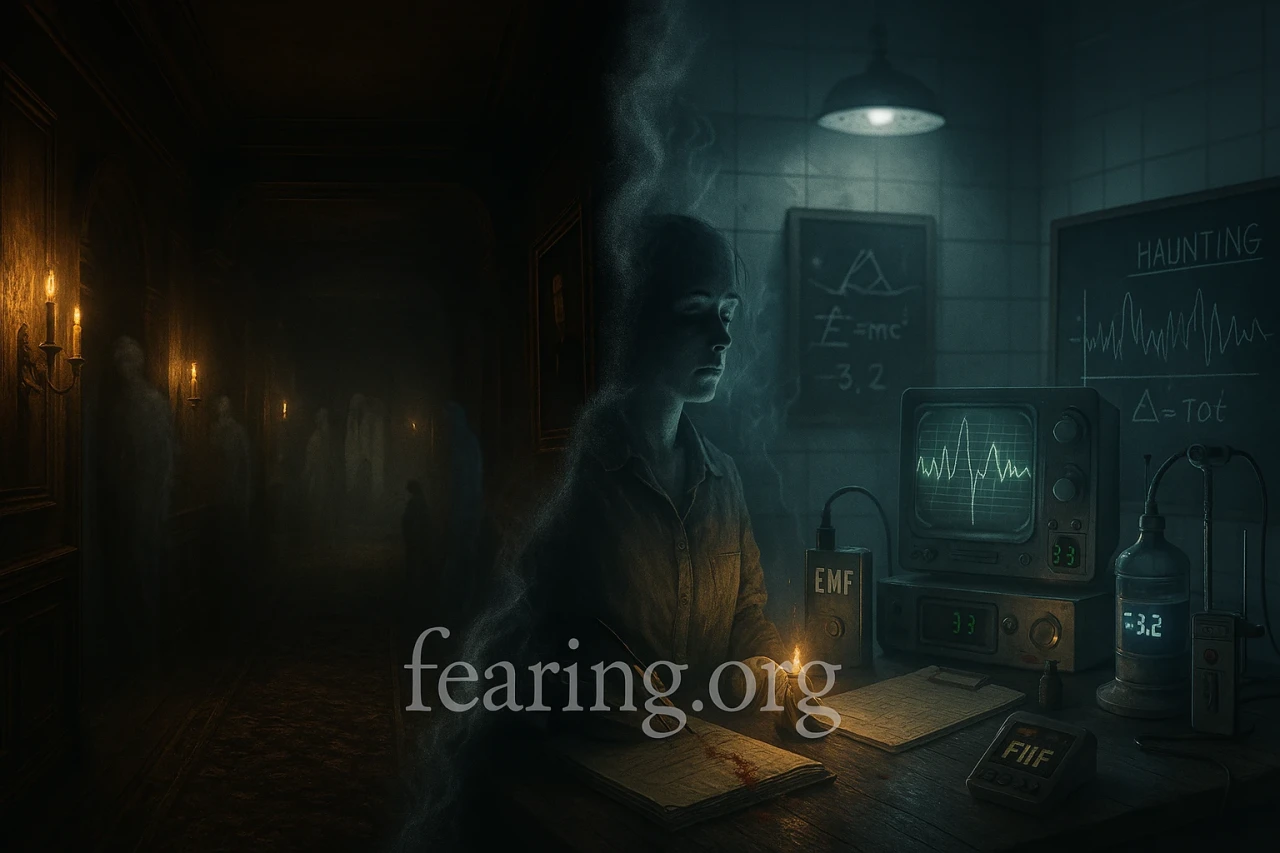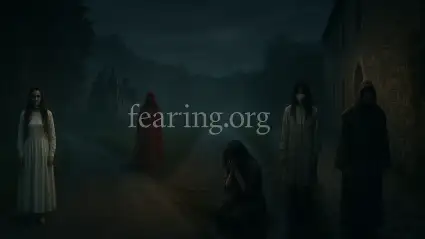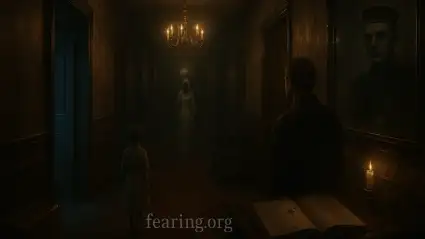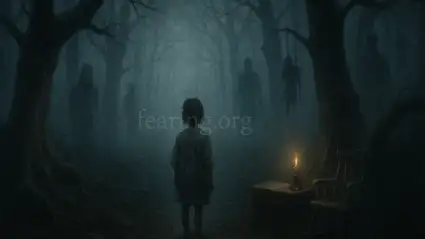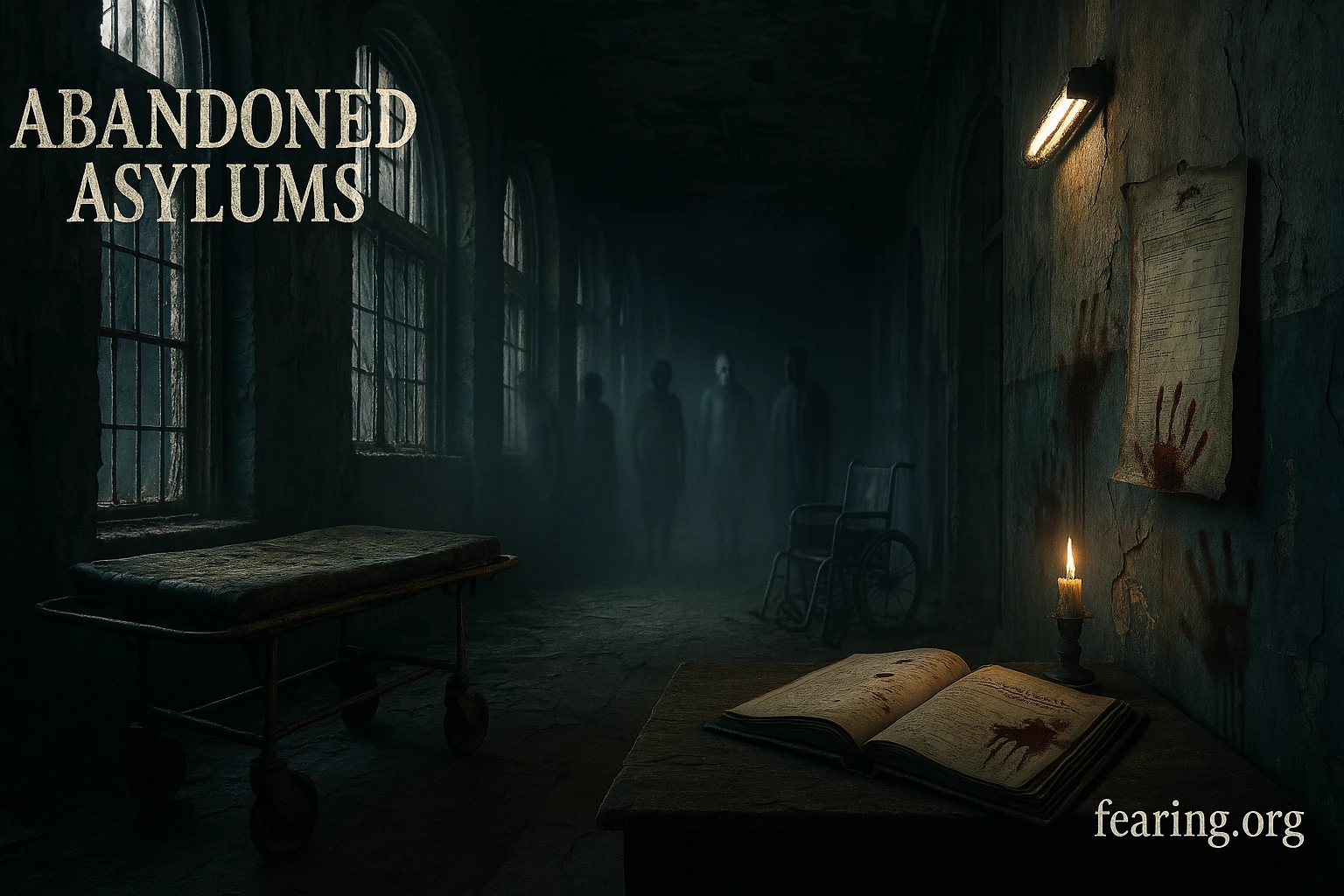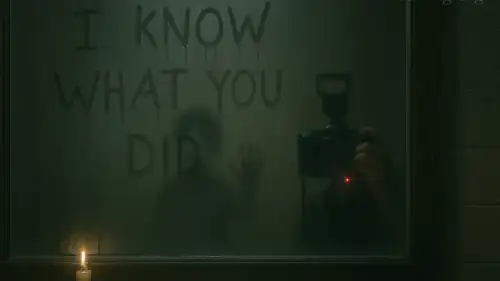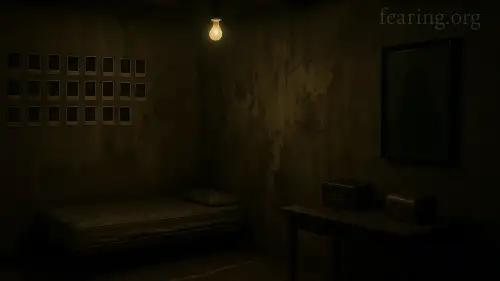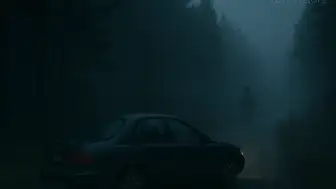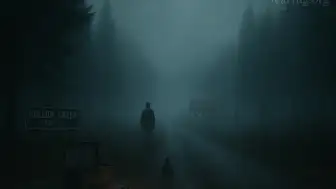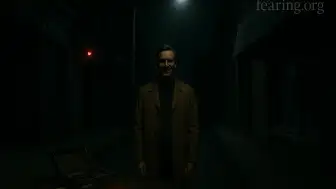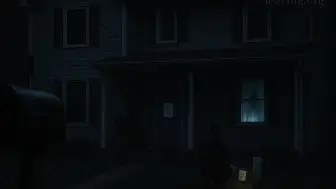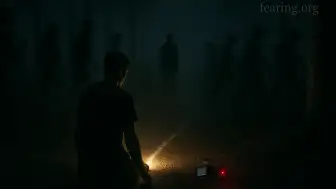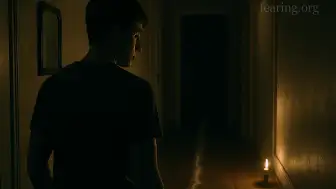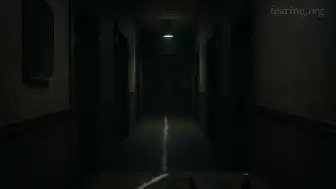What makes a place haunted? Is it the history of death and tragedy, or is it something deeper—something invisible yet undeniably felt? Across centuries and cultures, humans have reported encounters with the unexplainable: flickering lights, sudden chills, disembodied whispers, and the eerie sense of being watched. But whether these phenomena are spiritual or psychological remains an open debate.
"Not every haunted place has a ghost. But every ghost story starts with a place."
In this deep dive, we’ll explore the science behind hauntings, the power of cultural superstition, and the strange, liminal space where both collide.
👻 The Classic Signs of a Haunting
Haunted places often share common traits, reported across the world:
Sudden cold spots in specific areas
Flickering lights or electrical malfunctions
Unexplained footsteps or knocking
Shadowy figures or apparitions
Feelings of dread or being watched
These signs are deeply embedded in folklore, but they also raise scientific curiosity.
🧠 The Psychological Perspective
Many paranormal experiences can be attributed to the human brain:
Pareidolia: seeing faces or figures in patterns
Hypnagogia: hallucinations between wakefulness and sleep
Infrasound: low-frequency vibrations that cause unease, nausea, and fear
Memory bias: remembering what confirms belief and forgetting what doesn’t
In other words, haunted feelings can be neurologically triggered.
:::tip 🧬 Psychologists suggest that fear, expectation, and architecture can combine to simulate paranormal experiences. :::
🔬 The Scientific Skepticism
Scientists often approach hauntings with the rule of Occam’s Razor—the simplest explanation is usually correct:
Faulty wiring causes flickering lights
Uneven floors create strange noises
Temperature changes caused by insulation gaps
Electromagnetic fields can affect perception
Some research has even explored the idea that toxic mold and carbon monoxide leaks can cause hallucinations, paranoia, and fear.
"Before calling a priest, maybe call an electrician."
🕯️ The Cultural and Superstitious Lens
Every culture has its own explanation for hauntings:
Japanese yūrei: spirits tethered by intense emotion
Latin American duendes: mischievous or malevolent spirits
African ancestral spirits: not feared, but respected and acknowledged
European ghosts: often tied to guilt, revenge, or unfinished business
Superstitions give form and meaning to emotional trauma—and sometimes offer comfort in grief.
🏚️ Why Certain Places Feel Haunted
Some locations repeatedly trigger haunting reports. Why?
Architectural psychology: dim lighting, long hallways, or echoing spaces can cause unease
Historic trauma: battlefields, prisons, hospitals carry emotional weight
Narrative contagion: stories spread and influence what people expect to experience
If you enter a place believing it's haunted, your brain is primed to experience it as such.
"The story haunts the space—and the space haunts the mind."
💀 Real Cases: Where Science Meets Fear
🏨 The Queen Mary (California)
Known for Room B340’s unexplained activity
Guests report knocks, whispers, and sightings
Studies suggest high EMF levels and poor insulation may explain some phenomena
🧱 Eastern State Penitentiary (Philadelphia)
Paranormal hotspots match areas of historical abuse
Audio hallucinations may be caused by isolation and suggestibility
🌲 Aokigahara Forest (Japan)
Heavy emotional atmosphere from its tragic history
Silence and magnetic soil can disorient visitors, amplifying fear
These places are haunted not just by spirits—but by emotional resonance and physical environment.
📚 What Horror Literature Says
Horror fiction often mirrors the tension between science and superstition:
The Haunting of Hill House: psychological vs. supernatural interpretations
House of Leaves: unreliable narration and space as mental labyrinth
The Shining: emotional trauma embedded in architecture
Writers use ambiguity to make fear more personal—is it a ghost, or is it you?
:::warning 🕯️ Hauntings don’t require proof—they require belief. And belief is a powerful architect. :::
🧩 So, What Really Makes a Place Haunted?
It could be:
Tragic history
Psychological suggestion
Architectural cues
Environmental triggers
Cultural narrative
Or something... else
In truth, haunted places live at the crossroads of perception and experience. We fear what we can’t explain—and sometimes, we build stories to contain that fear.

